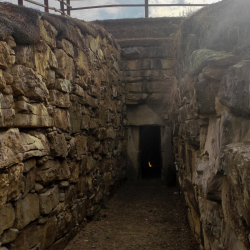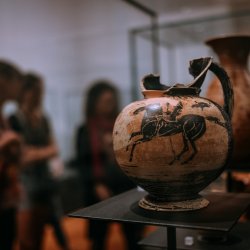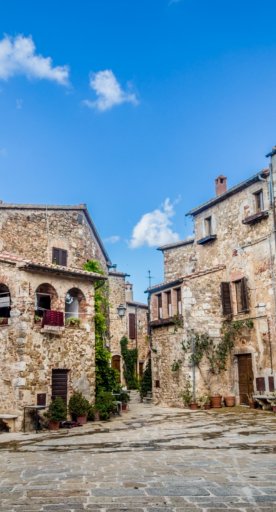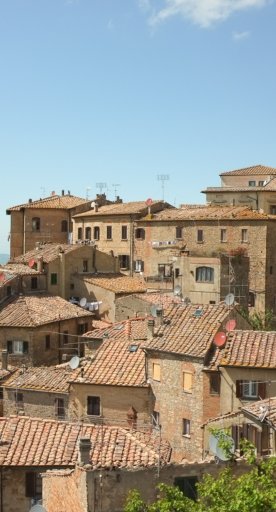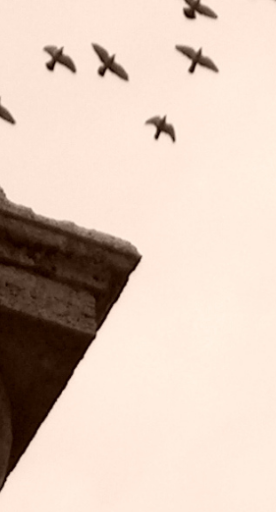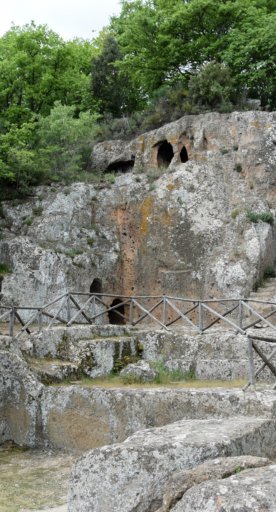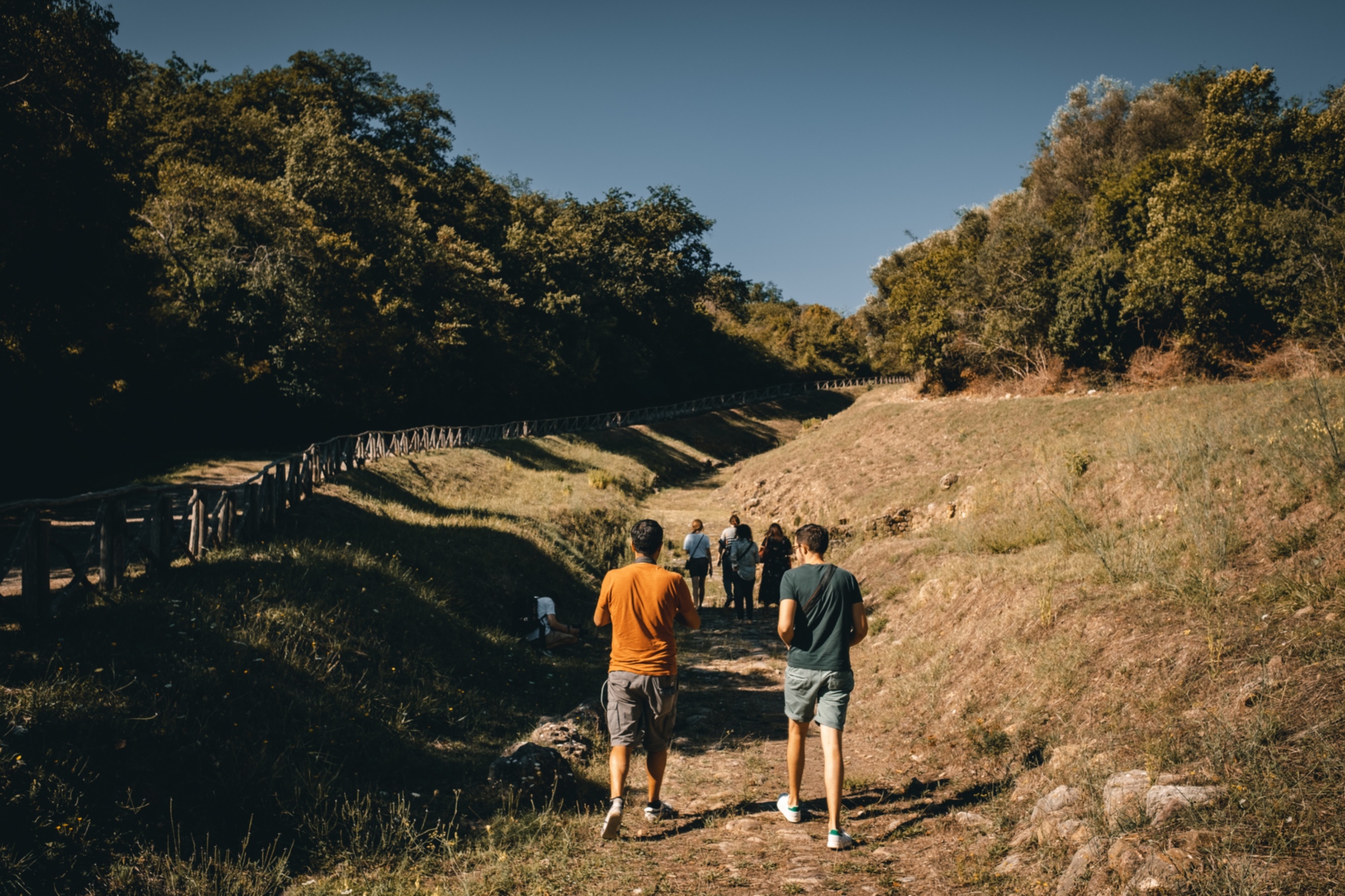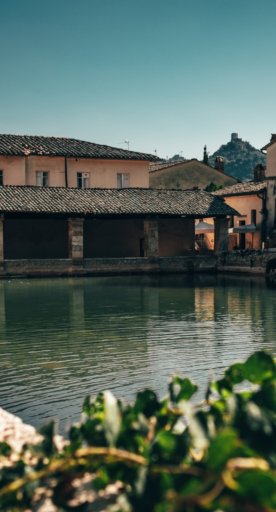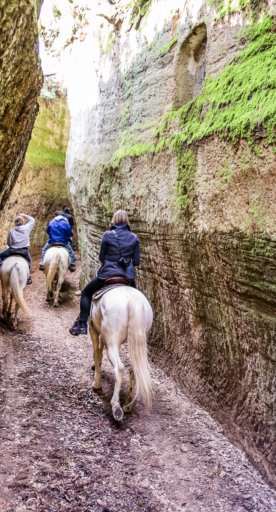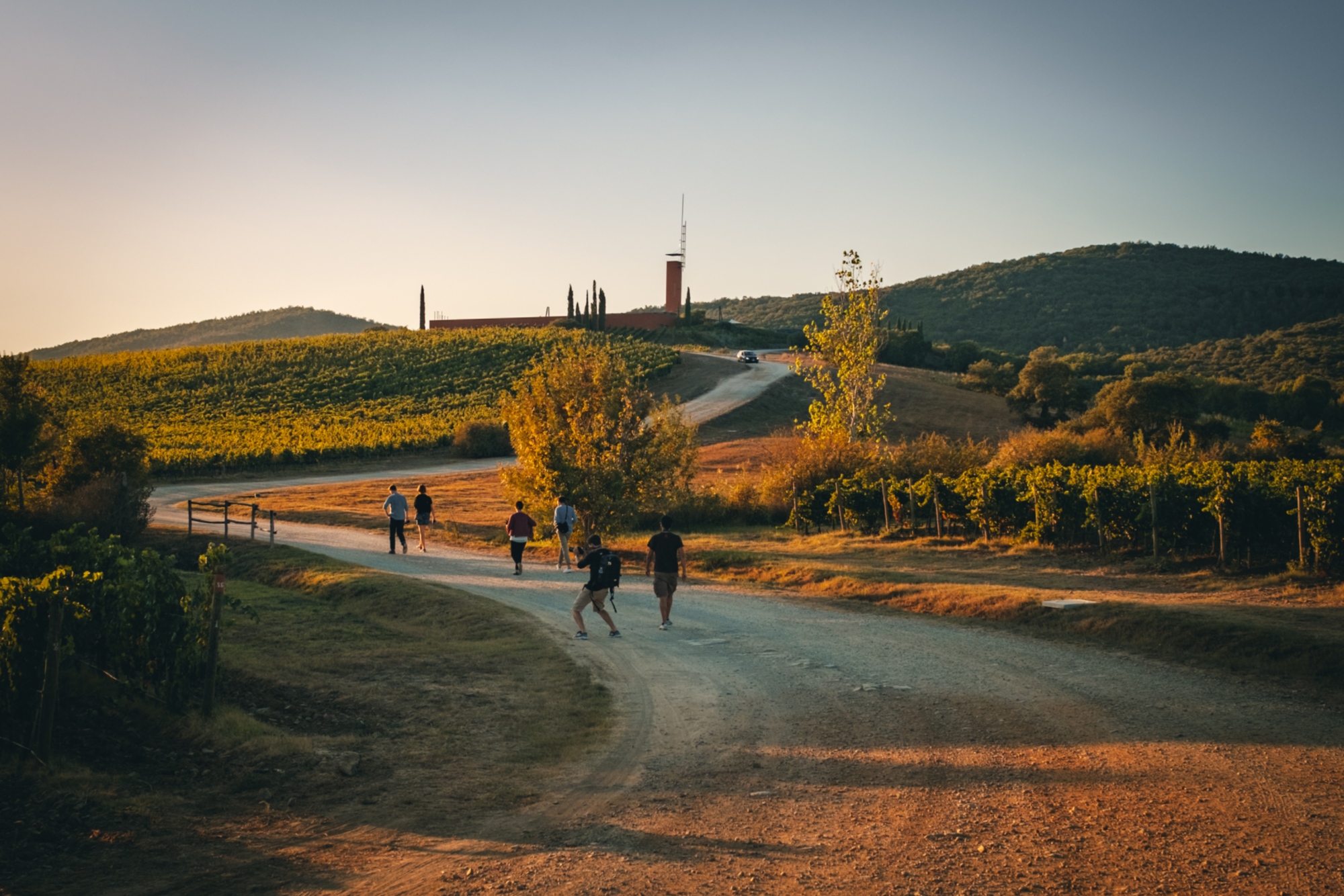
Archaeology in Florence and its surroundings
Five archaeological sites you may not know about
Turn back and look for traces of our past. Etruscan, Roman or medieval: do you know the archaeological sites in and around Florence?
We take you to discover the ancient civilizations that inhabited this land, breathed this air, worked this stone, an activity as fascinating as ever.
Not sure where they are located? We guide you on a route that touches on 5 different sites in 5 municipalities in the Florentine Area.
-
1.Archaeological Area of Fiesole
-
2.Montagnola Etruscan Tomb in Quinto (Sesto Fiorentino)
-
3.Archaeological Museum of Gonfienti in Campi Bisenzio
-
4.Roman Theater of Florentia
-
5.Castelluccio in Rignano sull'Arno
Archaeological Area of Fiesole
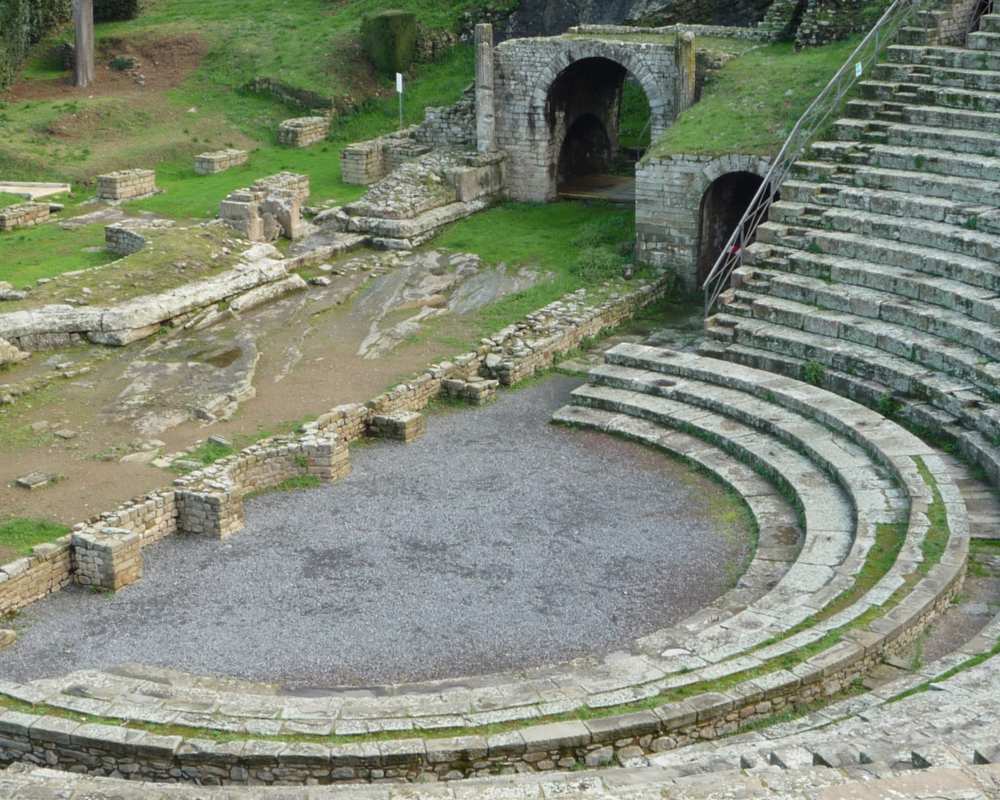
In the heart of the hilltop town in a breathtaking location is the Archaeological Area of Fiesole, including the open-air theater, baths, temple and Archaeological Museum. The entire complex, extremely impressive and interesting, bears witness to the ancient history of the Etruscan city founded in the late 4th century B.C.
The archaeological area of Fiesole is a museum site, while the mighty and ancient Etruscan walls, located just below, can be seen by everyone even without a ticket!
See the official website for more in-depth information.
Montagnola Etruscan Tomb in Quinto (Sesto Fiorentino)

We are in Quinto, on the slopes of Mount Morello, and here the Montagnola Tomb, dating from the second half of the seventh century B.C., was discovered in 1959.
An absolutely striking site, it is a thòlos burial consisting almost entirely of wide blocks of Alberese stone and covered by an imposing earthen mound. The visit inside the tomb is a true journey through time: the dromos leads us into the chamber, where there is a tuff pillar, which has no load-bearing function, but probably had an astronomical-religious purpose.
Not far from the Montagnola is also the Mula Tomb, which, however, is part of a private property.
Visits to the Montagnola are possible thanks to openings organized by the ProLoco.
Archaeological Museum of Gonfienti in Campi Bisenzio
Remaining in the more remote past, here we are at the gates of Rocca Strozzi, right in the center of Campi Bisenzio, where there is a museum of archaeological artifacts found at the site of Gonfienti, a locality between the municipalities of Prato and Campi Bisenzio.
The exhibit thus covers an area adjacent to the one where the museum is located, which was inhabited continuously from the 16th to the 13th century B.C. In the tour, one is guided - through stories and objects - through three eras in which the Gonfienti site saw various civilizations evolve: the Bronze Age, the Etruscan period and the Roman period.
The museum offers educational activities for younger children.
Roman Theater of Florentia
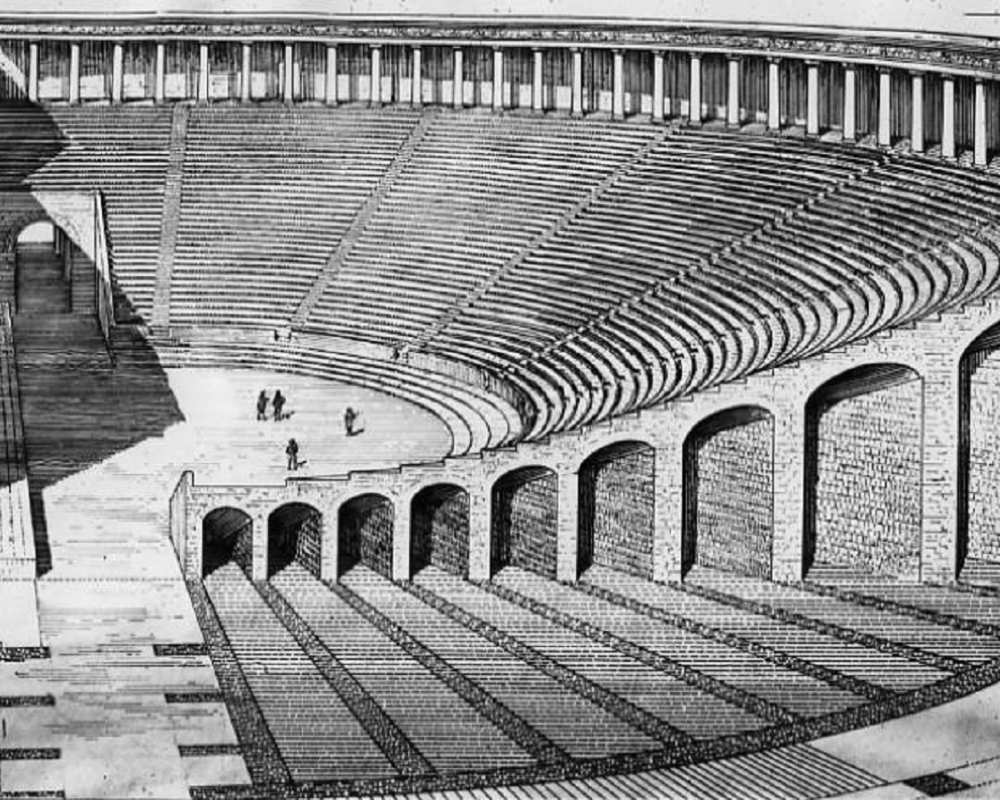
The basement of Palazzo Vecchio in Piazza della Signoria in Florence has revealed the remains of a Roman theater from the Hadrianic period. Like all Roman cities, Florentia had a theater, dating back to the first century B.C.; but years and destruction passed over that building, which is hard to imagine looking at the square now.
The Palazzo della Signoria (or Palazzo Vecchio, as it came to be called after the grand ducal family moved to the Pitti Palace) saw various phases of construction and subsequent enlargements, and it was in the last phase, in 1588, that the ancient Roman theater itself was used as support for the third court of the Palace.
Underground excavations provide an unusual way to visit the building that still houses Florence's political power.
Castelluccio in Rignano sull'Arno
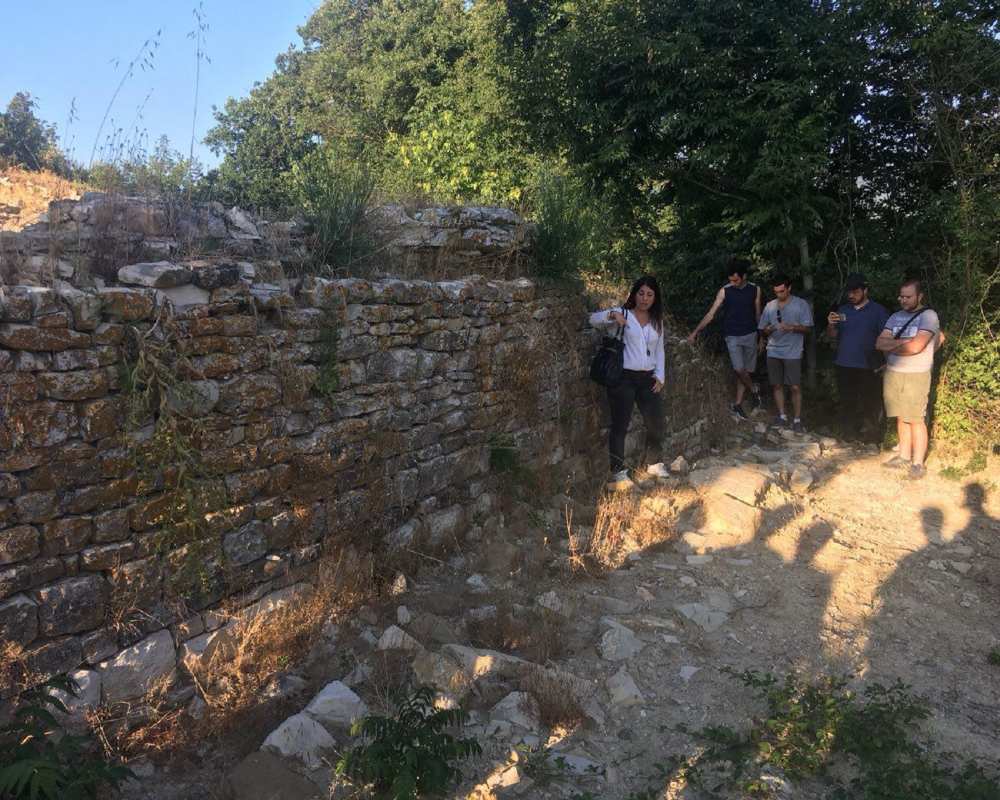
The Castelluccio archaeological site is located on the grounds of the Pagnana Farm, in Rignano sull'Arno. The archaeological excavation, supervised in the past years by the University of Florence, has unearthed buildings (a well/cistern, a wall) and many artifacts that give insight into how people lived in the Middle Ages in the castle of Rignano.
In fact, the site bears witness to a small residential castle of one of the families of the minor nobility and the unearthed artifacts from medieval times are "living" witnesses to the life of the time.
Currently the excavation campaign is discontinued and the site, which is located in an unfenced but private area, is opened with visits a couple of times a year.



